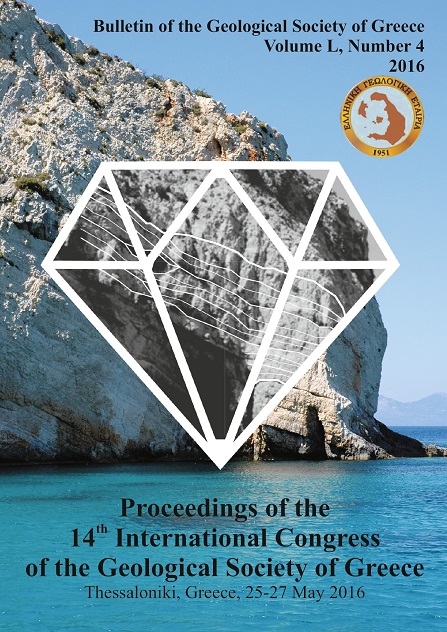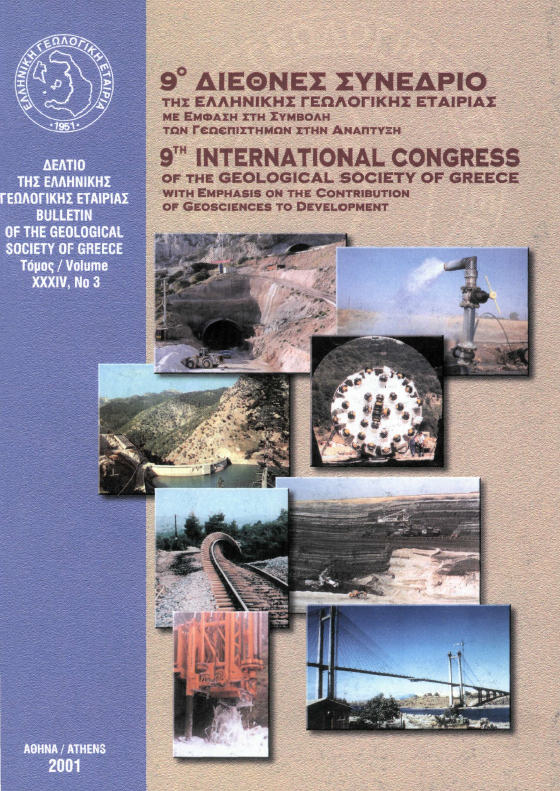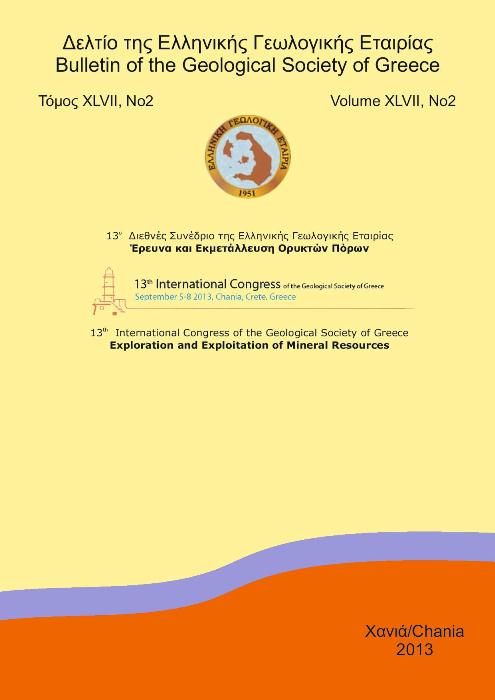ENVIRONMENTAL CONTAMINATION BY SUBSTRATA OF ORE MINING DUMPS, THEIR MONITORING AS WELL AS MEASURES OF REDUCTION
Περίληψη
The main activity fields of the research group “Applied Geoecology“ at the University of Potsdam are the development and tests of complex monitoring systems for water bodies and soils, together with the development of sustainable additives for vegetation restoration on ore mining dumps with extreme substratum parameters. The dump substrata are translocated by surface waters and by aeolian processes to the surroundings affecting soil processes. A field spectrometer has been engineered, which can detect dam substrata in soils. Moreover, various soil additives were developed, enabling the establishment of vegetation on the extreme dump substrata. For all components there have been realised extensive tests in the framework of greenhouse and field experiments under different climate conditions on three continents, on various substrata and with varying plant species. All experiments were successful, even though no additional irrigation and no mineral fertilizer were allowed to be used, in order to realise the idea of a sustainable greening.
Λεπτομέρειες άρθρου
- Πώς να δημιουργήσετε Αναφορές
-
Blumenstein, O., Pustlauck, F., & Vavelidis, M. (2016). ENVIRONMENTAL CONTAMINATION BY SUBSTRATA OF ORE MINING DUMPS, THEIR MONITORING AS WELL AS MEASURES OF REDUCTION. Δελτίο της Ελληνικής Γεωλογικής Εταιρείας, 50(4), 2296–2303. https://doi.org/10.12681/bgsg.14295
- Ενότητα
- Περιβαλλοντική Γεωλογία

Αυτή η εργασία είναι αδειοδοτημένη υπό το CC Αναφορά Δημιουργού – Μη Εμπορική Χρήση 4.0.
Οι συγγραφείς θα πρέπει να είναι σύμφωνοι με τα παρακάτω: Οι συγγραφείς των άρθρων που δημοσιεύονται στο περιοδικό διατηρούν τα δικαιώματα πνευματικής ιδιοκτησίας επί των άρθρων τους, δίνοντας στο περιοδικό το δικαίωμα της πρώτης δημοσίευσης. Άρθρα που δημοσιεύονται στο περιοδικό διατίθενται με άδεια Creative Commons 4.0 Non Commercial και σύμφωνα με την οποία μπορούν να χρησιμοποιούνται ελεύθερα, με αναφορά στο/στη συγγραφέα και στην πρώτη δημοσίευση για μη κερδοσκοπικούς σκοπούς. Οι συγγραφείς μπορούν να: Μοιραστούν — αντιγράψουν και αναδιανέμουν το υλικό με κάθε μέσο και τρόπο, Προσαρμόσουν — αναμείξουν, τροποποιήσουν και δημιουργήσουν πάνω στο υλικό.





